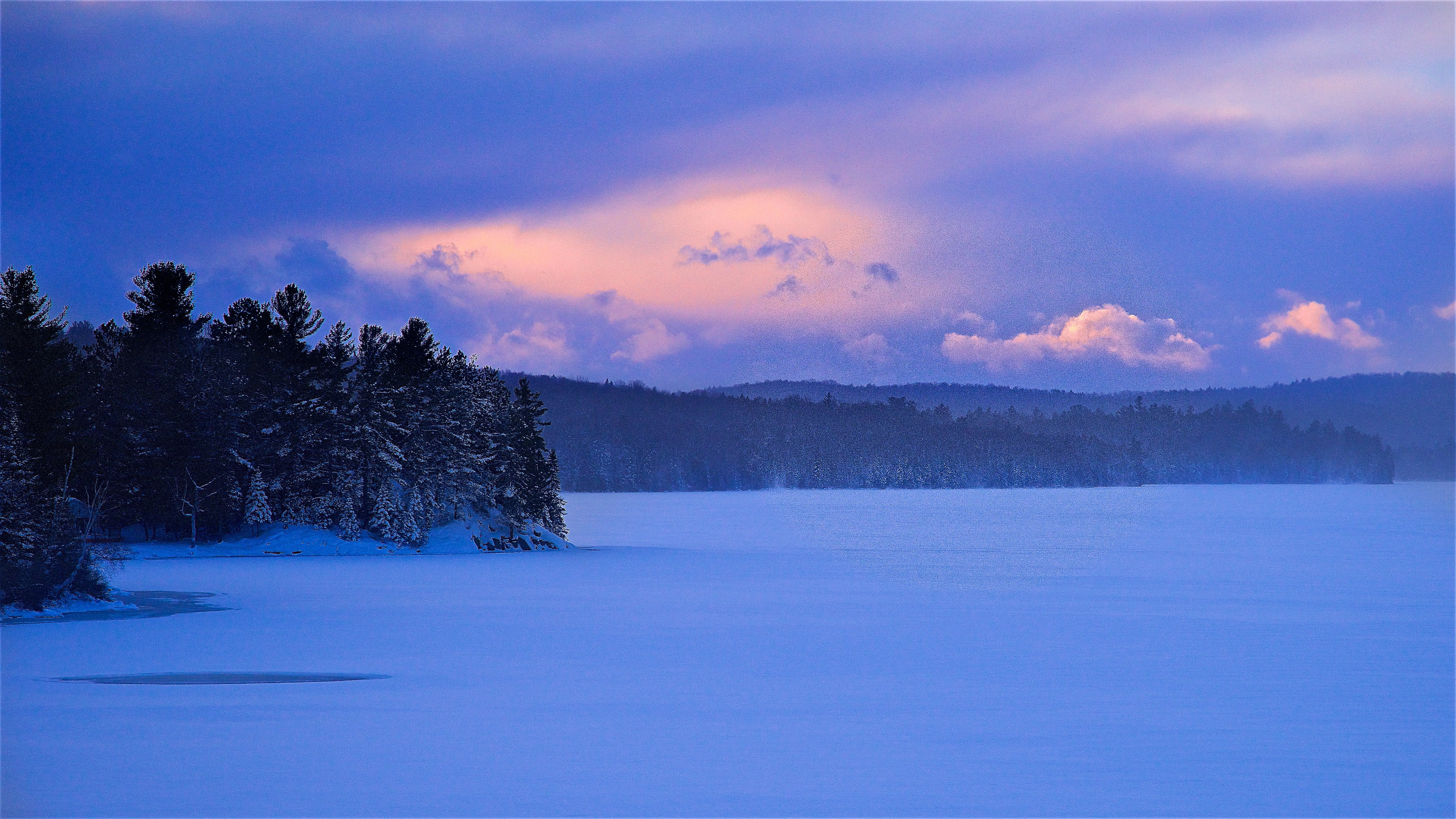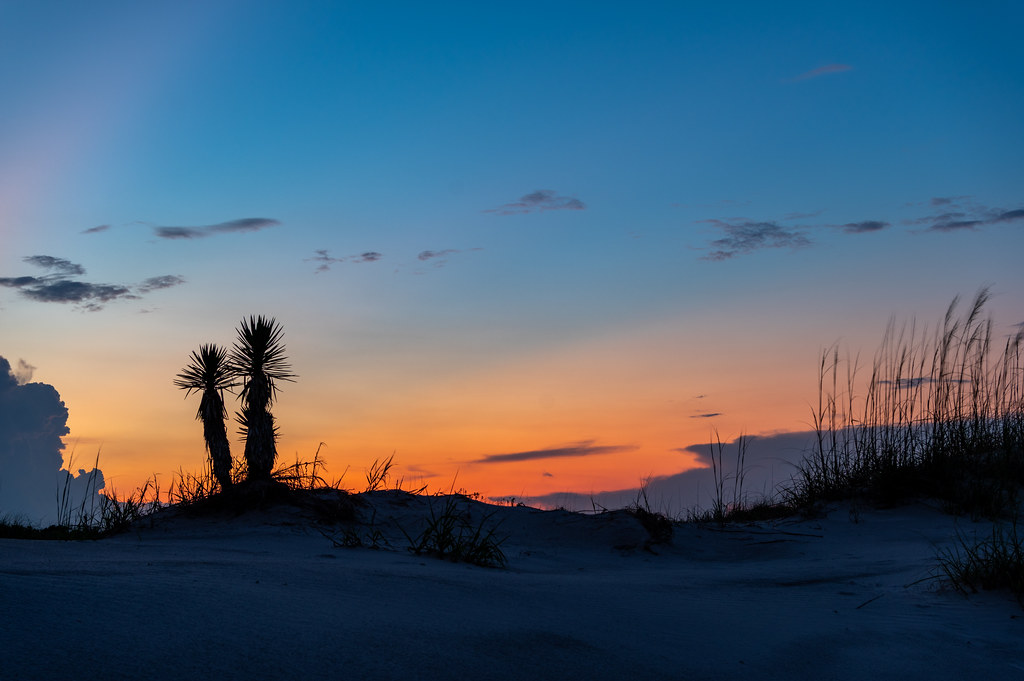I've been fact checking while aiming at producing the best sunset photographs ever, and I came to some conclusions, your mileage may vary. Let's get straight into it.
First, about planning sunrise and sunset shots: You don't need apps such as TPE (The Photographers Ephemeris) or Photopills to plan your sunrise or sunset shots;
I use
timeanddate.com is completely free and provides plenty of useful information about sun, moon and even the location of stars in night skies. For knowing where the sun will rise and set, it's easy, sunrise and sunset times are provided, as well as its relative direction, a compass is enough to locate where the sun will rise or set before it happens. The site also provides the civil and nautical twilight times when the sun is within 6 degree below the horizon line. There is also suncalc.org, which combine map and sun directions, also free.
Second, obvious and very important consideration: the earth is rather spherical (yes!) and this has some implications for sunset photography.
A few facts worth considering when planning for sunrise/sunset photos:
- People living closer to the equator are the least lucky, as the sun crosses the horizon vertically, twilight duration is shortest
- People living near polar regions can enjoy better sunset light depending on the season. Winter time is better for sunrise and sunset photos, thanks to longer time for the sun to cross the horizon line
- Earth regions that are continuously flat for more than a few 100kms are better for sunrises/sunsets, absence on mountains peaks protruding above the horizon line allows for maximum light scattering though the atmosphere
- Absence of urban pollution within a few 100kms (or miles if you wish) is also better
What does it mean? Not everyone is lucky enough to live near some of the best places on earth for sunset photography.
In Europe, some places are excellent for sunset photos, for example, the coasts of Iceland, Norway, Faroe Islands, and even Scottland can produce lasting and stunning sunsets in winter times; Other places in Europe such as the Alps, no so much, in mountain areas sunset light is much harder as when the sun disappear it is still well above the earth horizon line without much light scattering taking place. In the Alps, better go up onto a mountain peak to hope see some decent sunrises or sunsets. Yet, the Adriatic coast around Venice (Italy) and Croatia are excellent for winter sunrises and sunset, because it's a very flat region, still far from the equator, good to know. The Netherlands is rather flat country, with coast to the west, also nice for sunsets photography. I can tell for you guys living in the USA, Canada, how about Alaska?
Any other tricks worth sharing welcome. Thanks.


 Similar Threads
Similar Threads 

















 ).
).










 Post #5 by normhead
Post #5 by normhead








